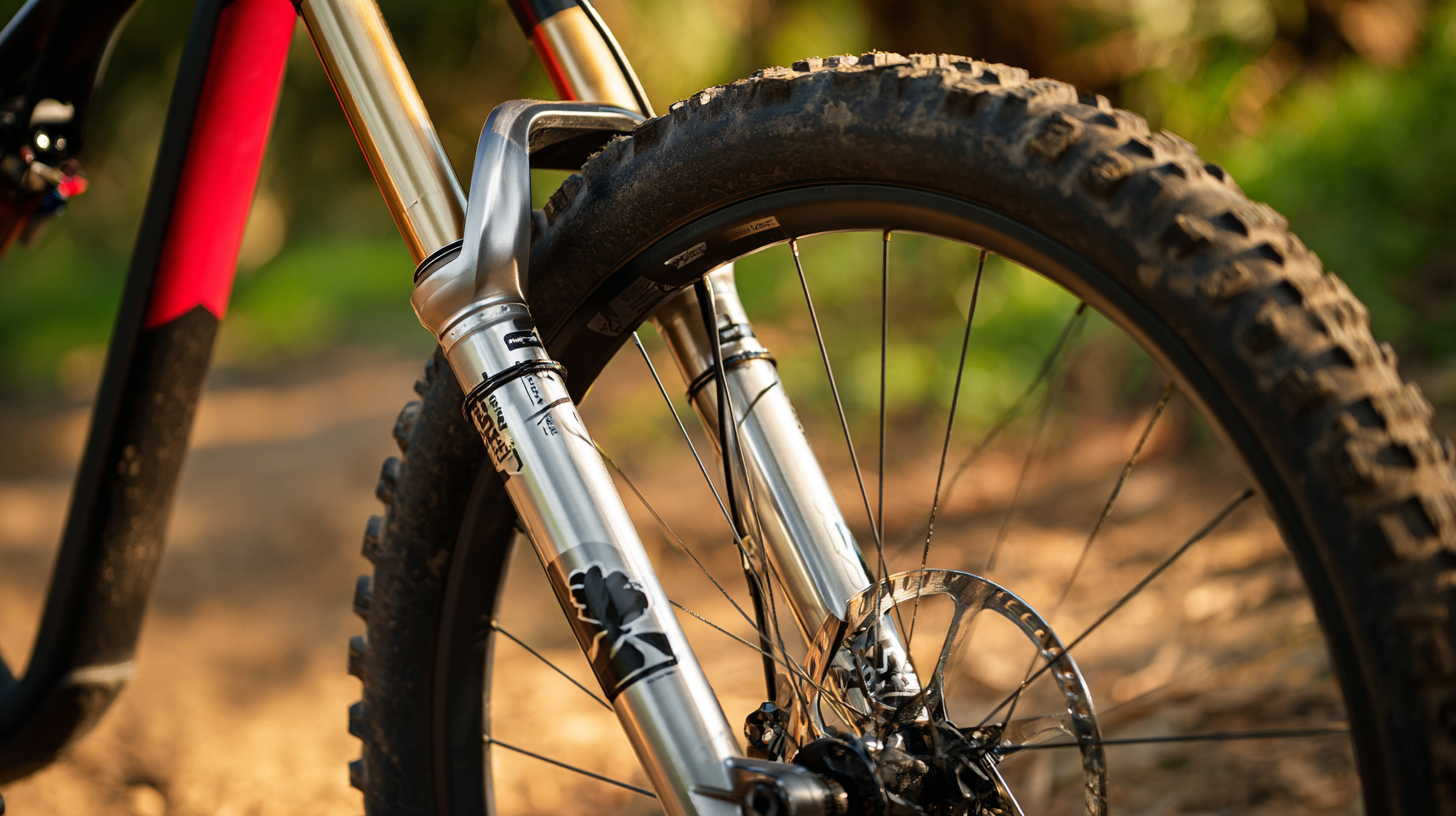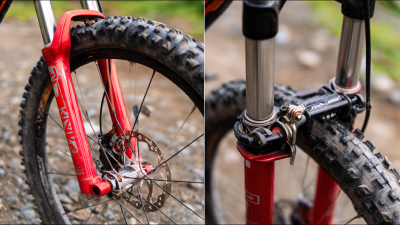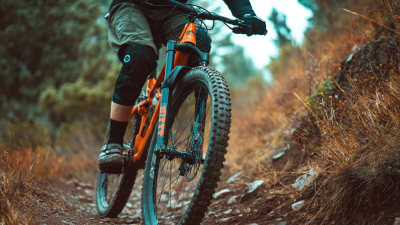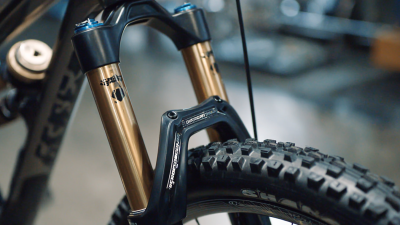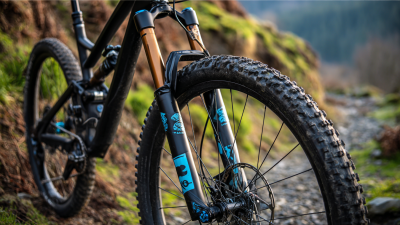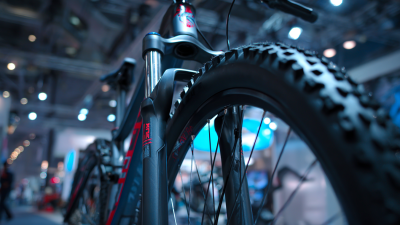When it comes to maximizing your mountain biking experience, choosing the right MTB front suspension is crucial. The right suspension not only enhances your bike's performance on rough terrain but also significantly improves your comfort and control. With countless options available in the market, it can be overwhelming to determine which front suspension best suits your riding style and needs. In this guide, we delve into the top five MTB front suspension options designed for ultimate performance, examining their features, benefits, and what sets them apart from the competition. Whether you are a seasoned rider seeking to upgrade or a beginner exploring your options, understanding the nuances of MTB front suspension will empower you to make an informed decision that elevates your biking adventures. Join us as we explore the best choices that cater to every trail and rider's preference.
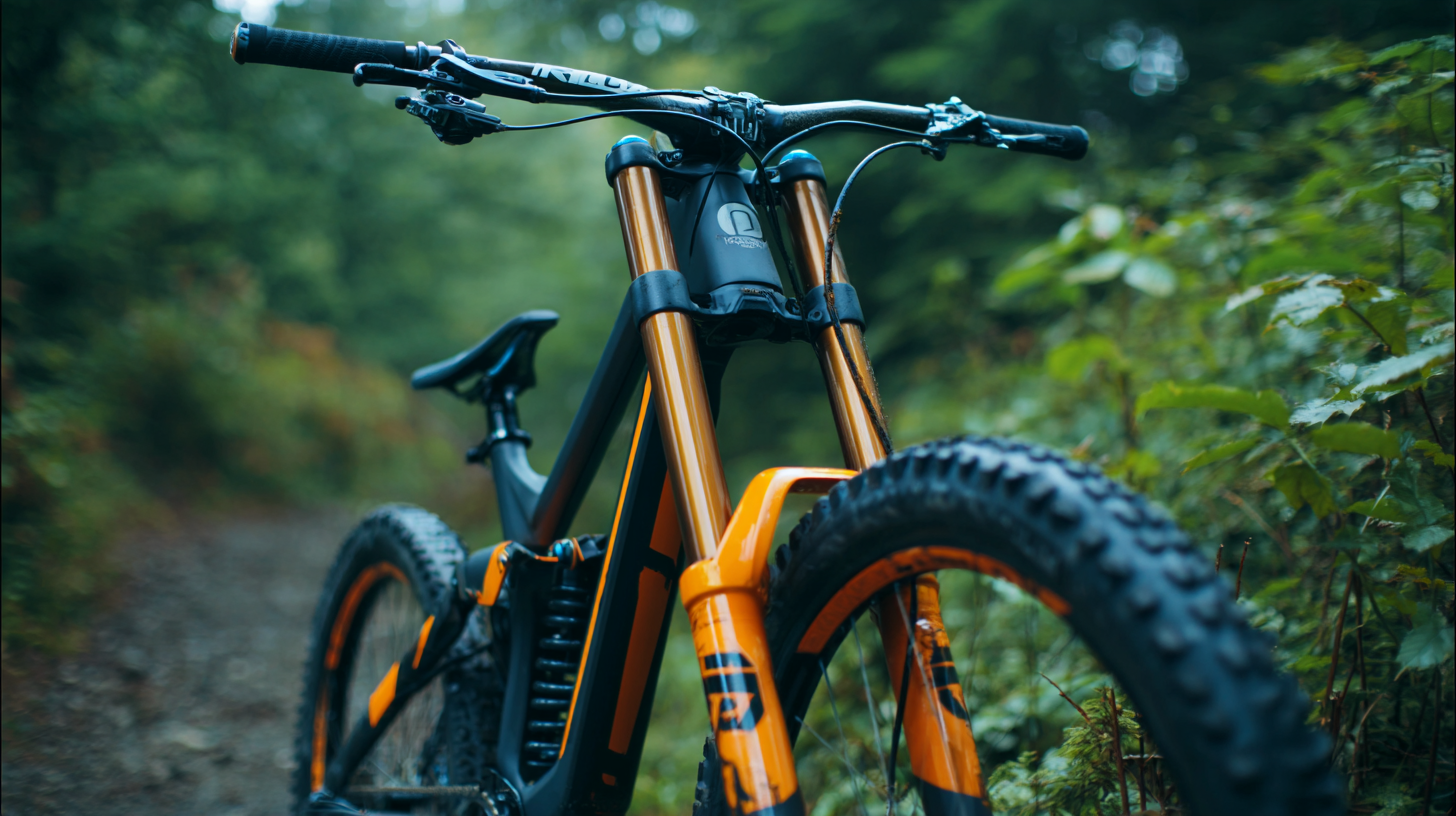
When selecting the right travel length for your mountain bike (MTB) front suspension, it’s essential to consider not only the terrain you’ll encounter but also your riding style and personal preferences. According to a study by the International Mountain Bicycling Association (IMBA), most riders opt for travel lengths between 120mm to 160mm for general trail riding. This range strikes a balance between versatility and the ability to absorb impacts, enhancing control and comfort across varied landscapes.
Longer travel suspensions, typically over 160mm, excel in aggressive downhill and rough terrain, providing superior shock absorption and stability. However, they can compromise climbing efficiency due to the increased weight and potential for pedal bob. A report from Bike Magazine highlights that riders looking for a lightweight setup for cross-country trails may prefer travel lengths around 100mm to 120mm, which facilitate quicker transitions and better responsiveness on climbs. Ultimately, the best front suspension travel length is the one that aligns with your specific riding conditions and techniques, ensuring an optimized performance tailored to your MTB adventures.
The impact of suspension design on handling and comfort is crucial for mountain biking enthusiasts seeking an optimal performance experience. A well-designed front suspension not only absorbs shocks from rough terrains but also enhances the bike's responsiveness during climbs and descents. This interaction between the suspension system and the rider's control can significantly influence the overall handling of the bike. Rigid forks may offer a direct feel on smoother trails, but they fall short in absorbing bumps, which can lead to fatigue over longer rides.
Conversely, advanced suspension options, such as air or coil spring systems, provide varying levels of damping and travel. These allow for better absorption of impacts while maintaining stability, enabling riders to tackle technical sections with greater confidence. The choice of suspension design is therefore essential, impacting how effectively a rider can navigate obstacles and adapt to different trail conditions. Moreover, the right front suspension can also contribute to rider comfort, reducing vibrations and strain, which ultimately enhances the overall riding experience.
| Suspension Type | Travel (mm) | Weight (kg) | Adjustability | Recommended Riding Style |
|---|---|---|---|---|
| Air Suspension | 120 | 2.1 | High (Rebound & Compression) | Cross-Country |
| Coil Suspension | 140 | 2.4 | Low (Mostly Preload) | All-Mountain |
| Dual Crown Suspension | 200 | 3.5 | Moderate (Rebound & Compression) | Downhill |
| Boosted Suspension | 160 | 2.3 | High (Rebound, Compression & Volume) | Trail |
| Exotic Materials Suspension | 150 | 2.0 | High (Customizable) | Enduro |
When evaluating materials and weight for enhanced durability in suspension forks, the choice of components can significantly impact performance. The use of advanced composite materials has become increasingly prevalent in mountain bike suspension systems, as these materials offer a superior strength-to-weight ratio. Recent studies indicate that adopting lightweight carbon fiber components can reduce overall fork weight by as much as 20%, enhancing maneuverability and rider responsiveness during aggressive trails.
Tips: When selecting a suspension fork, consider options with adjustable settings that allow you to fine-tune performance based on terrain. Additionally, look for forks that utilize high-quality seals and bushings, as these contribute to longevity and consistent performance over time.
Furthermore, advancements in manufacturing technologies have led to improved durability in suspension forks. Forks that incorporate features such as reinforced bushings and specific alloy blends show a significant reduction in wear and tear, resulting in prolonged life cycles. It's essential to compare these materials and design enhancements when purchasing, as they can play a crucial role in overall bike performance, especially in challenging conditions.
Tips: Always check for user reviews and performance benchmarks related to material effectiveness to ensure you are making an informed choice that aligns with your biking style.
When it comes to fine-tuning your ride on mountain bikes, the adjustment features of suspension systems play a crucial role in optimizing performance. Riders can significantly benefit from understanding and utilizing rebound and compression settings.
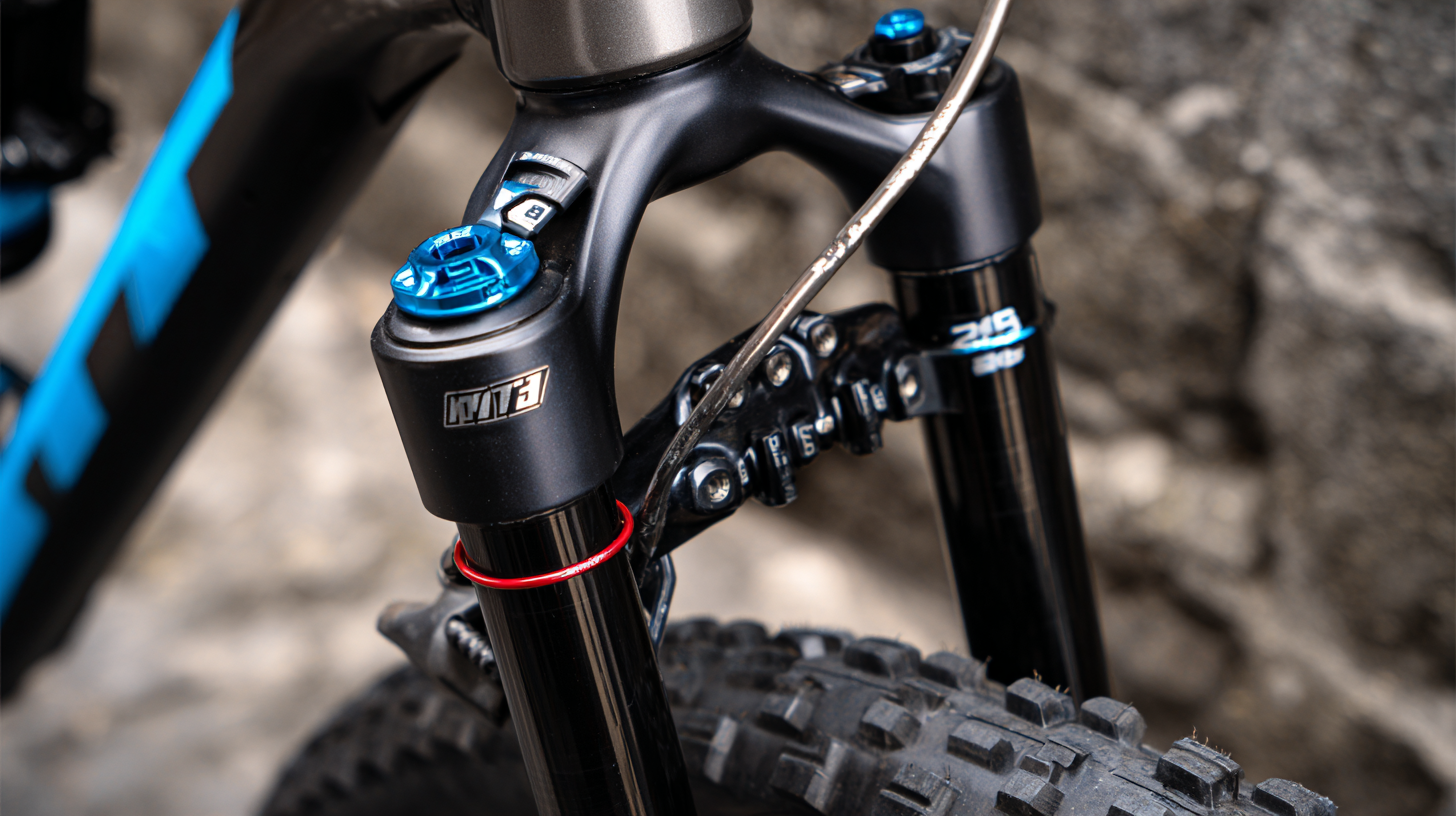 For example, the latest advancements in suspension analysis tools have made it easier for mountain bikers to achieve the ideal setup for their unique riding styles and terrains. These tools allow for precise tuning, enabling riders to adjust the suspension to suit various conditions, whether tackling technical trails or cruising at high speeds.
For example, the latest advancements in suspension analysis tools have made it easier for mountain bikers to achieve the ideal setup for their unique riding styles and terrains. These tools allow for precise tuning, enabling riders to adjust the suspension to suit various conditions, whether tackling technical trails or cruising at high speeds.
Moreover, innovative apps and data acquisition systems are revolutionizing how riders approach suspension setup. These technologies provide insight into suspension behavior, allowing for real-time analysis and adjustments. With features like preload adjustment, rebound damping, and compression settings, riders can ensure that their bike responds perfectly to the demands of the trail. This level of customization not only enhances rider comfort but also boosts overall performance, making it essential for any serious mountain biker to explore these advanced features and tools.
When it comes to enhancing mountain biking performance, the front suspension system plays a crucial role. According to a report by the International Mountain Bicycling Association (IMBA), the right front suspension can significantly enhance a rider's control and comfort, reducing fatigue on long rides. The leading brands in the market, such as Fox Racing Shox, RockShox, and SR Suntour, offer a variety of options that cater to different riding styles and terrains. For instance, Fox's Float 36 is renowned for its responsiveness and adjustability, achieving a 30% increase in traction over rough terrains compared to its competitors.
When choosing a front suspension, riders should consider metrics such as weight, travel distance, and damping capabilities. A well-researched metric from BikeRadar suggests that a suspension with between 120mm to 150mm of travel is optimal for aggressive trail riding, delivering an ideal balance of responsiveness and stability.
**Tip:** Always test the suspension on varied terrains before purchase to ensure it meets your riding needs.
Keep an eye on temperature ranges for your suspension fluid, as performance can degrade significantly in extreme conditions. A recent study by CyclingTips revealed that maintaining the suspension in moderate temperatures can improve overall performance metrics by up to 15%.
**Tip:** Regular maintenance of your suspension system, including checking seals and air pressure, can extend its life and performance efficiency.
